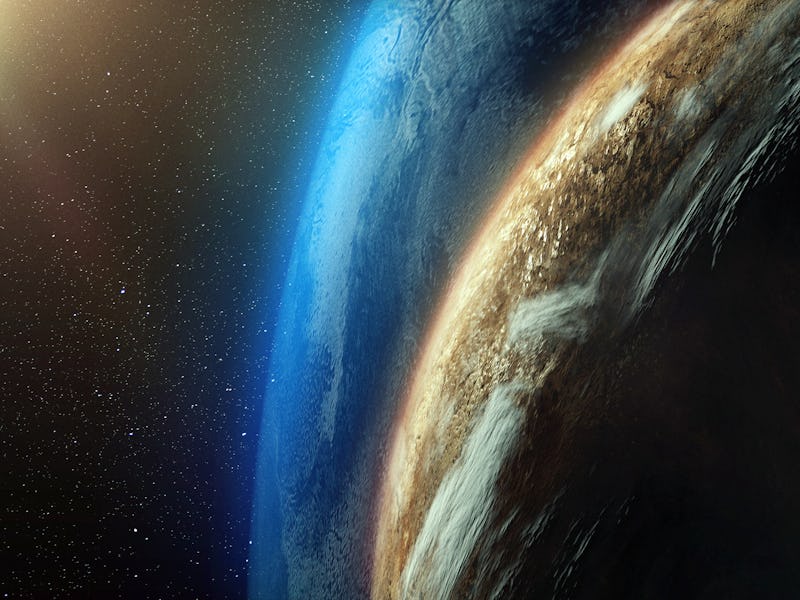The Webb Telescope's next images could come from very close to home
The summer of Webb is just beginning. Stay tuned Thursday.

Now that we’ve finally seen the James Webb Space Telescope’s first full-color images and data, brace yourself for a steady stream of dazzling views and fascinating new information about the universe. It starts with Webb’s first images of objects in our Solar System, which the Space Telescope Science Institute (which manages Webb and Hubble) will release on Thursday. Here’s what to expect.
What’s new – The images and data STSCI will release Thursday were gathered during the Webb telescope’s 6-month-long commissioning process, during which scientists and engineers on Earth put the telescope’s four instruments through their paces a million miles away from here.
Around the same time, scientists will get their hands on the actual data behind Webb’s striking first full-color images.
“Then the scientists can start delving into that, and now producing scientific papers on those early data,” Jet Propulsion Laboratory astronomer Charles Beichman, a member of the instrument team for Webb’s NIRCam instrument, tells Inverse.
And sometime within 24 to 48 hours after Tuesday’s big unveiling of Webb’s first images, the Space Telescope Science Institute will start sending data from Webb’s first real science observations to the astronomers leading several research projects. Webb started doing actual scientific observations about two weeks ago, beginning with instrument modes that already finished commissioning.
“They're all being held back until this big first release happened,” explained Beichman. “Those data, too well hit the archive and a couple of days. So by Friday, we'll have real data for people to play with."
This commissioning photo of Jupiter taken earlier this year could become one of the early Solar System photo releases from the telescope.
What to expect — When it comes to the commissioning data, don’t expect scientific breakthroughs or astronomical glamour shots like the ones released on Tuesday.
“There could easily be interesting little nuggets in there as well,” Beichman said. “But the commissioning data were meant not to be particularly interesting, scientifically.” Instead, the commissioning data were “really just meant to probe and help tune up different aspects of each of the instruments.”
But so far, even images from Webb’s engineering tests have been pretty impressive.
Why it matters – Even if they were only meant to test Webb’s instruments before their big debut, the commissioning data will offer an exciting new look at our own Solar System, something that was notably absent from Tuesday’s first full-color images and data.
“There was just an early decision made for the early release observations that we didn’t want to have to count on the moving target observations —working with keeping things not too complicated,” said University of Montreal astronomer Rene Doyon, the principal investigator for Webb’s NIRISS instrument, in a press conference. “And it actually turns out that we probably could have done it, but here we are.”
What’s next – Webb and its team are settling into a packed schedule of astronomy. As the world saw the telescope’s first images on Tuesday, Webb was already observing a protostar called CED110IRS4-LRS and an exoplanet gas giant called WASP-39. Later this week, Webb will point its instruments much closer to home, first checking out the asteroid 1998-BC1 and then moving on to a series of observations of Jupiter, starting with the gas giant’s faint rings.
“I think we will get that data pretty soon,” University of California, Berkeley astronomer Imke de Pater, the primary investigator of the Jupiter study, tells Inverse. “But then it will take us a long, long time to actually reduce them and get usable products out of it. And that will take longer for planetary observations, I think, because the planets move and rotate, so we have to take all of that into account.”
“It won't be instantaneous science," she adds.